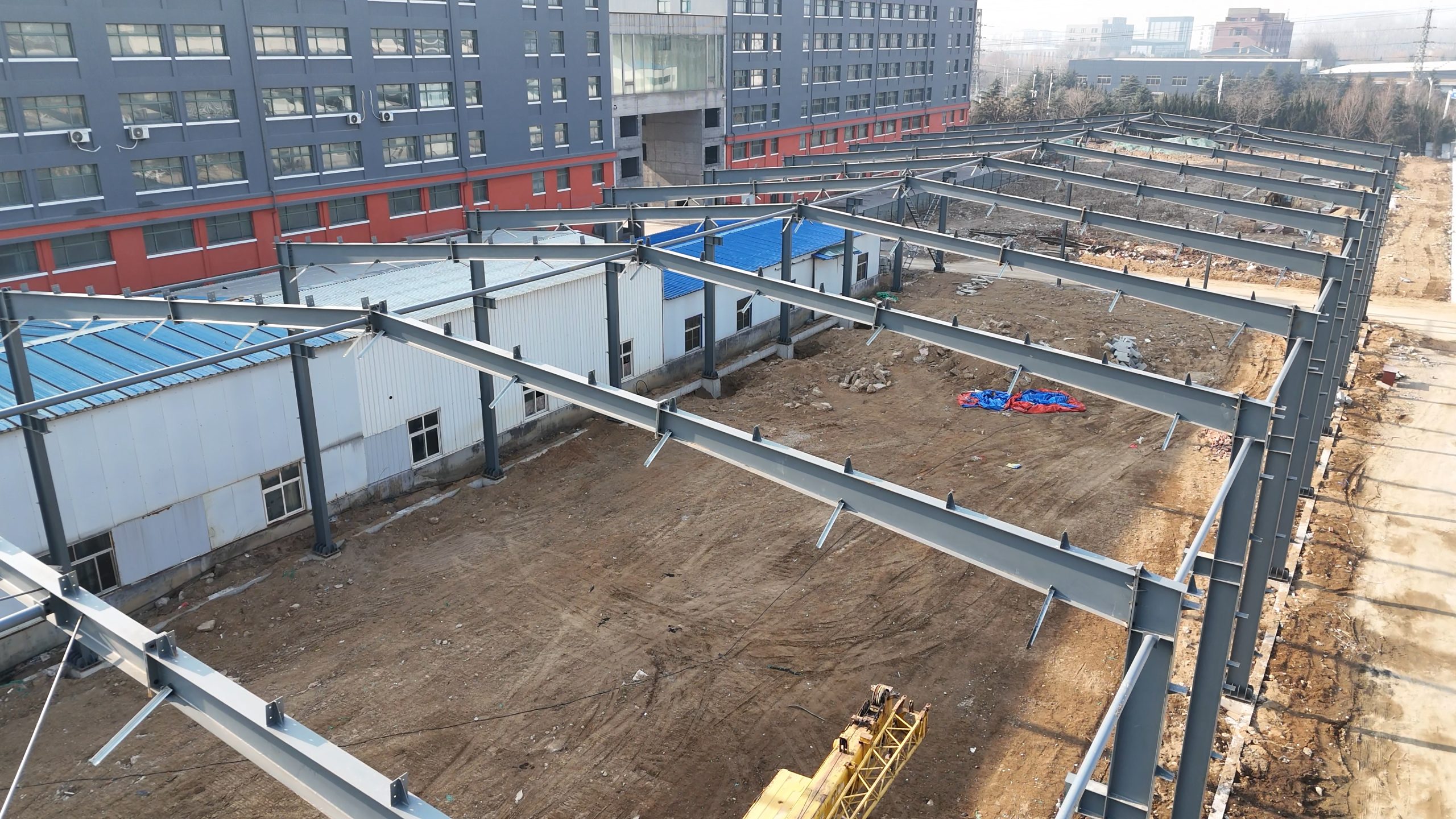Table of Contents
Benefits of Steel Temporary Housing for Rapid Deployment of Disaster Relief
In times of natural disasters such as hurricanes, earthquakes, or wildfires, one of the most pressing needs is providing shelter for those who have been displaced from their homes. Steel temporary housing has emerged as a viable solution for rapid deployment of disaster relief due to its durability, cost-effectiveness, and ease of assembly.

One of the key benefits of steel temporary housing is its durability. Steel is a strong and resilient material that can withstand harsh weather conditions and provide a safe and secure shelter for those in need. This is especially important in disaster-prone areas where traditional housing may not be able to withstand the impact of a natural disaster. Steel temporary housing can provide a reliable and sturdy shelter for individuals and families who have lost their homes.
Another advantage of steel temporary housing is its cost-effectiveness. Steel is a relatively inexpensive material compared to traditional building materials such as wood or concrete. This makes steel temporary housing a more affordable option for disaster relief organizations and governments looking to provide shelter for large numbers of people in a short amount of time. The cost-effectiveness of steel temporary housing allows for more resources to be allocated towards other essential needs such as food, water, and medical supplies.
In addition to its durability and cost-effectiveness, steel temporary housing is also easy to assemble. Steel Structures can be prefabricated off-site and quickly assembled on-site, allowing for rapid deployment of shelter in the aftermath of a disaster. This quick assembly process is crucial in emergency situations where time is of the essence and people need shelter immediately. Steel temporary housing can be set up quickly and efficiently, providing a temporary solution for those who have been displaced from their homes.
Furthermore, steel temporary housing is versatile and can be customized to meet the specific needs of different disaster situations. Whether it is providing shelter for individuals, families, or larger groups, steel structures can be designed to accommodate various living arrangements. This flexibility allows for a more efficient and effective response to disasters, ensuring that those in need are provided with suitable and comfortable shelter.
Overall, steel temporary housing offers numerous benefits for the rapid deployment of disaster relief. Its durability, cost-effectiveness, ease of assembly, and versatility make it an ideal solution for providing shelter in emergency situations. By utilizing steel temporary housing, disaster relief organizations and governments can effectively respond to natural disasters and ensure that those affected have a safe and secure place to stay. Steel temporary housing is a valuable resource in times of crisis, providing a reliable and efficient solution for those in need of shelter.
Design Considerations for Steel Temporary Housing in Disaster Relief Situations
In times of natural disasters such as hurricanes, earthquakes, or floods, one of the most pressing needs is providing shelter for those who have been displaced from their homes. Steel temporary housing has emerged as a viable solution for rapid deployment in disaster relief situations due to its durability, flexibility, and ease of construction.
One of the key design considerations for steel temporary housing in disaster relief situations is the speed of deployment. When a disaster strikes, time is of the essence in providing shelter for those affected. Steel structures can be prefabricated off-site and quickly assembled on location, allowing for rapid deployment of housing units. This is crucial in ensuring that those in need have a safe and secure place to stay as soon as possible.
Another important design consideration is the durability of steel temporary housing. In disaster-prone areas, buildings need to be able to withstand extreme weather conditions such as high winds, heavy rain, or even seismic activity. Steel structures are known for their strength and resilience, making them ideal for withstanding the harsh conditions often encountered in disaster zones. This durability ensures that the housing units will remain standing and provide protection for those inside.
Flexibility is also a key factor in the design of steel temporary housing for disaster relief. The needs of those affected by a disaster can vary greatly, and housing solutions must be able to adapt to different situations. Steel structures can be easily customized to accommodate different family sizes, accessibility needs, or cultural preferences. This flexibility allows for a more tailored approach to providing shelter, ensuring that the housing units meet the specific needs of the community they are serving.
In addition to speed, durability, and flexibility, cost-effectiveness is another important consideration in the design of steel temporary housing for disaster relief. Steel structures are often more affordable than traditional building materials such as wood or concrete, making them a cost-effective solution for providing shelter in emergency situations. This allows relief organizations to stretch their resources further and provide housing for more people in need.
When designing steel temporary housing for disaster relief, it is also important to consider the environmental impact of the structures. Steel is a highly recyclable material, making it a sustainable choice for temporary housing solutions. Additionally, steel structures can be designed to be energy-efficient, reducing the environmental footprint of the housing units. By incorporating sustainable design principles into the construction of steel temporary housing, relief organizations can minimize their impact on the Environment while providing much-needed shelter for those in need.
In conclusion, steel temporary housing offers a practical and efficient solution for rapid deployment in disaster relief situations. By considering factors such as speed, durability, flexibility, cost-effectiveness, and sustainability in the design of steel structures, relief organizations can provide safe and secure shelter for those affected by natural disasters. Steel temporary housing has the potential to make a significant impact in helping communities recover and rebuild after a disaster, making it an essential component of disaster relief efforts.

